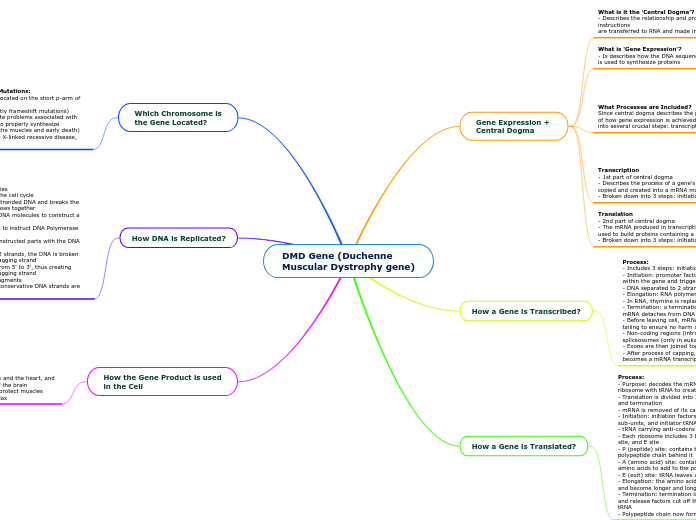por Kya Crosby 3 anos atrás
1306
Thalassemia
Thalassemia is a genetic blood disorder that varies in severity depending on inherited gene mutations. It primarily affects individuals of Southeast Asian, Indian, Chinese, Filipino, Mediterranean, Asian, and African descent.









